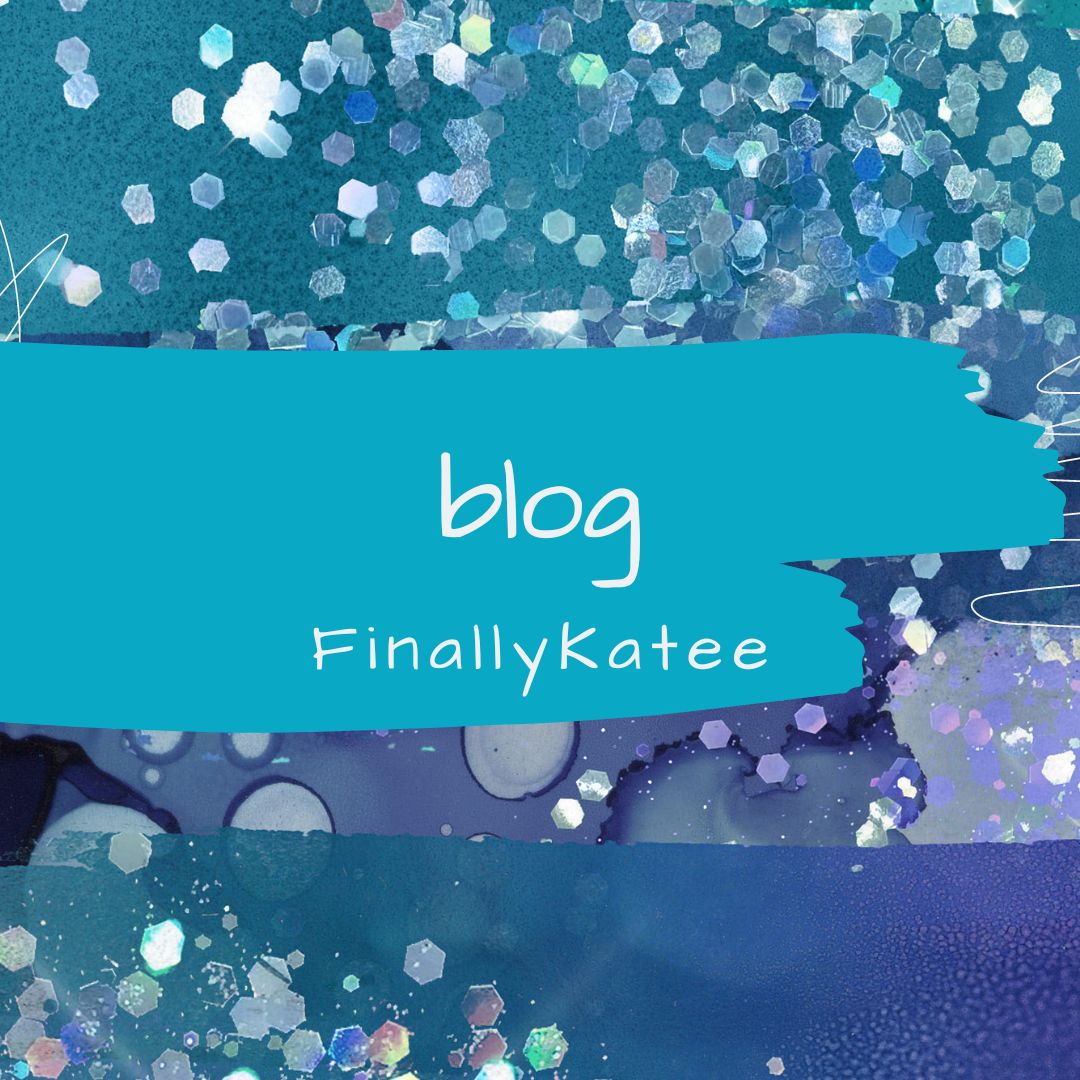|
When I moved through my research on journaling coupled with clinical ketamine therapy, three data points stood out and stayed with me. (Most of the information I found floored and fascinated me, but I leaned into a top three facts.)
1. The stats surrounding ketamine therapy vs. traditional pharmaceuticals as follows: Standard depression medications have a 30% effective response rate for patients, while patients suffering from depression who undergo ketamine therapy show a 70% effective response rate. This is no small gap. It is no wonder then, with the lower results from SSRIs, that so many patients move into the category of “treatment-resistant” when it comes to depression. The label exists as one of the early qualifiers for many ketamine clinics to accept a patient who has moved through at least two prescriptions without relief. (Note, the stats differ from study to study; however, many seem to land within these numbers.) 2. How well recognized the singular act of journaling is among those who have practiced or used it within a wellness routine. One source indicated that journaling could be moved into a function of primary medical care. Who would think to tell a patient to grab a notebook and pen, carve out time each day, and find a safe, comfortable spot to empty the thoughts from their mind as a step toward good mental and physical health instead of grabbing a pill bottle once day? 3. The reaction to the FDA approval of esketamine to treat depression in March of 2019, moving one element of ketamine (esketamine/Spravato) from an off-label clinical use and into its own category of legal use for depression treatment. I found source after source stating this approval was the first major step for depression in years, since Prozac (in 1988), and one that went for specifics with a five-decade count. Can a fact stun you and leave you totally unsurprised at the same time? Because that is how I felt when I read article after article – stunned that our system had not advanced past SSRIs in half a century while fully aware that treatment options for depression and other mental health problems had stalled at mediocre when most household televisions were still black and white. There are more, but those three guided my passion for this project. I have a favorite one-liner of advice for potential ketamine therapy patients and families: “Do your homework.” You, too, may find information that will give you optimism and help direct your next steps. I’d love to hear what you learn. And I will keep doing my homework. Some sources and great information: Pribish, A., Wood, N., & Kalava, A. (2020, April 1). A review of nonanesthetic uses of ketamine. Anesthesiology research and practice. Wolfson, P., & Hartelius, G. (Eds.). (2016). Ketamine papers: Science, therapy, and transformation. Multidisciplinary Association for Psychedelic Studies (MAPS). Mugerwa, S., & Holden, J. D. (2012). Writing therapy: A new tool for general practice?. The British journal of general practice: the journal of the Royal College of General Practitioners, 62(605), 661–663. https://doi.org/10.3399/bjgp12X659457
0 Comments
Leave a Reply. |
bloga space for thoughts on journaling, wellness, and keeping up with ketamine therapy... archives
June 2024
categories |

 RSS Feed
RSS Feed